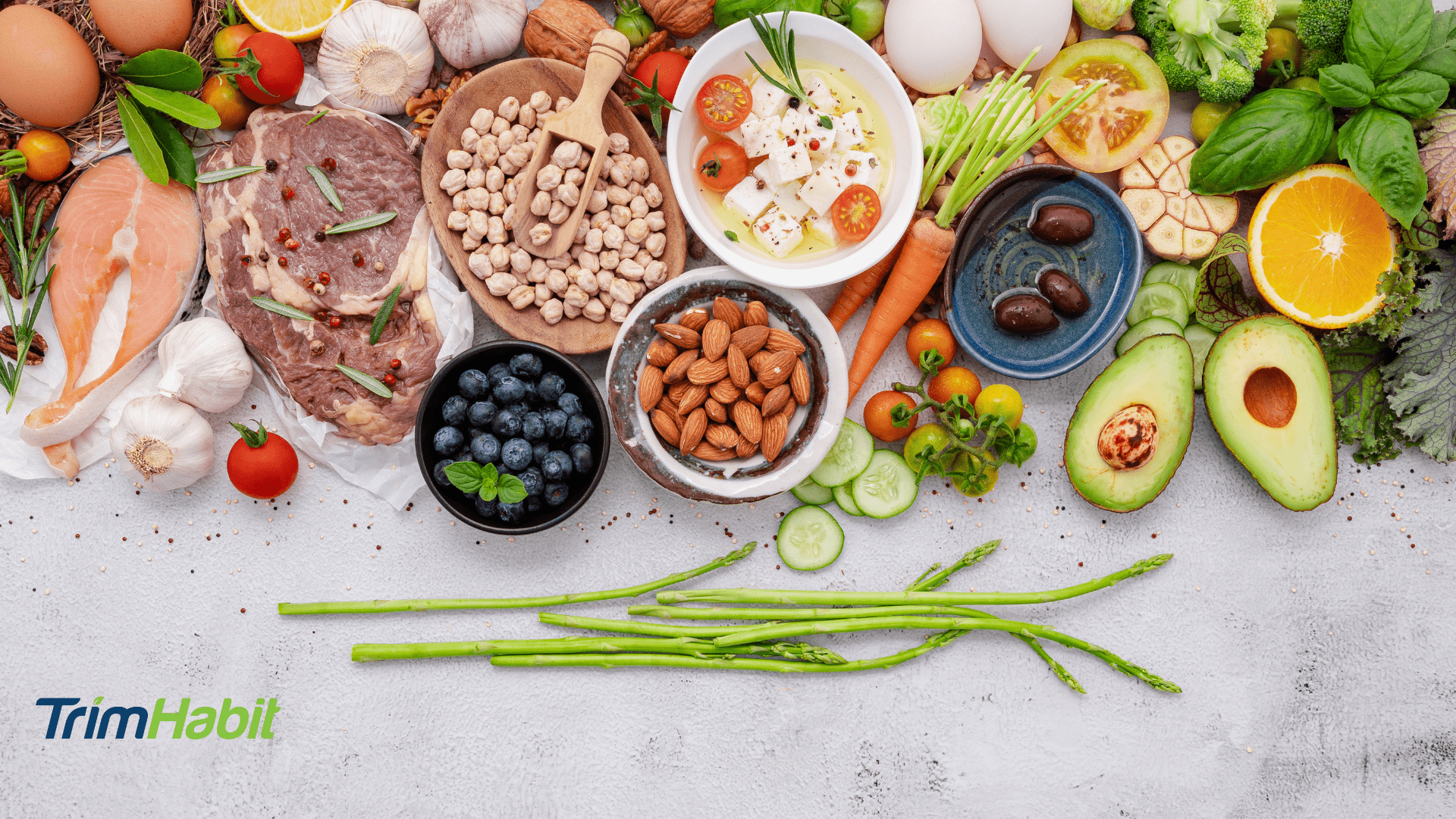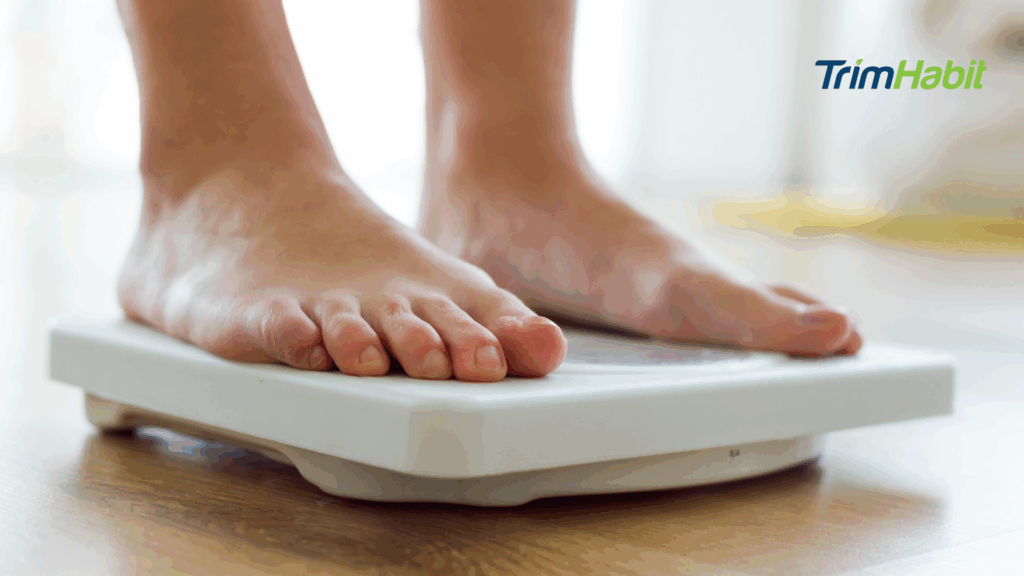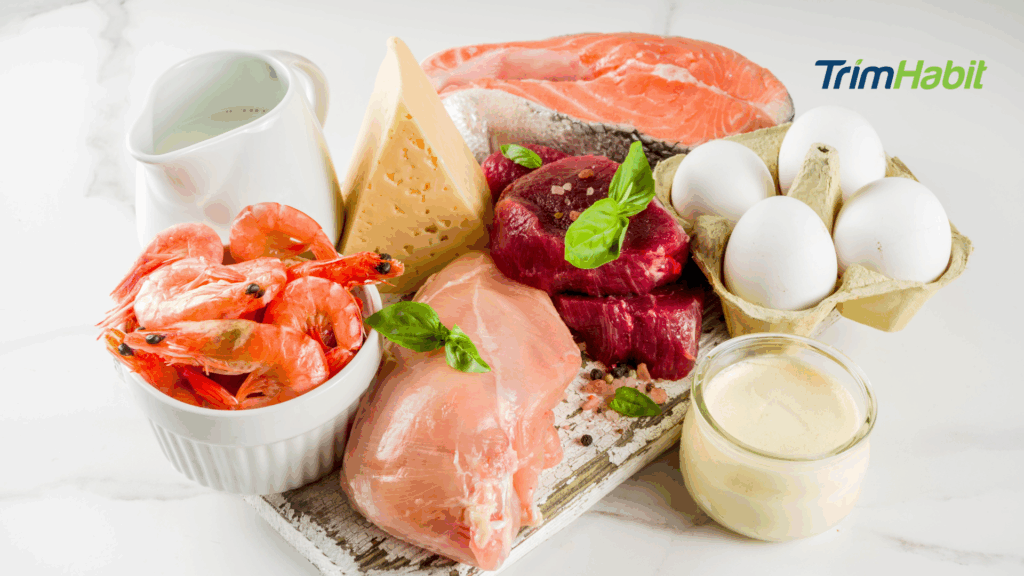When you start taking semaglutide, one of the first things you notice is how differently your body reacts to food. You fill up quickly, and sometimes it feels like eating even a small portion is enough. That’s part of how the medication works. It slows your digestion, helps control appetite, and supports steady blood sugar levels.
But with smaller appetites, you need smarter food choices to stay satisfied and energized. That’s where smart carb swaps that keep you full on semaglutide come in.
Carbohydrates fuel your body and brain. You need them for energy, mood, and focus. Yet not all carbs are equal. Choosing the right type helps you stay full longer, support insulin production, and keep your digestive system running smoothly.
This guide will show you easy, practical swaps that turn your meals into filling, nourishing combinations that support your weight loss journey without feeling restrictive or dull.
How Semaglutide Changes the Way You Process Food
Semaglutide mimics a hormone called GLP-1, which helps regulate hunger and blood sugar. It slows how fast your stomach empties, meaning food stays in your system longer1. That’s great for fullness, but it also means that greasy meals or high-fat foods can sit heavily and cause discomfort.
This slower digestion also affects how your body uses carbs. If you eat too many refined carbs such as white bread or refined grains, your blood sugar can spike quickly and then crash, leading to fatigue or even low blood sugar. Over time, this can make it harder to stay consistent with a healthy diet and maintain steady energy.
Choosing complex carbs instead gives your body fiber, vitamins, and minerals that keep digestion smooth and your gut happy. These carbs also protect muscle mass and encourage fat loss, helping you lose weight while staying strong.
Smart Carb Swaps That Keep You Full On Semaglutide
Swap #1: White Rice for Brown Rice
This is one of the easiest swaps to make. Brown rice retains the bran and germ, giving it more fiber and minerals than white rice2. The fiber slows digestion, helps you feel full, and supports blood sugar control. If you miss the fluffiness of white rice, try cooking brown rice in low-sodium broth or mixing in a handful of mixed vegetables for extra flavor and texture.
Swap #2: White Bread for Whole Grains
Instead of refined white bread, opt for whole-grain options like oats, quinoa, or sprouted bread. Whole grains are packed with nutrients and fiber that help you feel full and energized for hours. They also improve insulin sensitivity, which helps your body handle carbs more effectively.
Swap #3: Pasta for Sweet Potatoes or Cauliflower Rice
If pasta leaves you feeling sluggish, try sweet potatoes or cauliflower rice. Sweet potatoes are packed with fiber and vitamin A, while cauliflower rice is light yet surprisingly filling. Both count as healthy carbs that help stabilize energy levels and make it easier to lose weight.
Swap #4: Creamy Sauces for Olive Oil and Herbs
Heavy sauces are often loaded with high-fat foods that can upset your stomach. Use olive oil instead, which is a healthy fat that supports heart health and gut health. Combine it with herbs, spicy foods, or lemon juice for flavor that keeps meals interesting without adding unnecessary calories.
Swap #5: Fried Chicken for Lean Proteins
If you crave crunch, you do not have to reach for fried chicken. Bake or air-fry chicken breast or lean ground turkey for a crisp texture with far less grease. Reducing greasy foods and fried foods helps prevent stomach discomfort and reduces the risk of persistent abdominal pain, which can happen when eating heavy meals while on semaglutide3.
Swap #6: Whole Milk for Almond Milk or Low Fat Cheese
High-fat dairy can feel too heavy. Try almond milk or low-fat cheese for the same creamy taste with fewer calories. These simple swaps support fat loss and help you keep your lean muscle strong.
Swap #7: Sugary Drinks for Herbal Tea
Sugary drinks can easily derail your progress and even trigger nausea. Replacing them with herbal tea keeps you hydrated and calm while supporting your digestive system. A good hydration check is simple: pale yellow urine usually means you are drinking enough fluids.
Swap #8: Ice Cream for Greek Yogurt Parfait
Craving something sweet? A Greek yogurt parfait can satisfy that craving while giving you protein-rich foods that help you stay full. Greek yogurt is also great for gut health. Add dark chocolate, nuts, or bell pepper strips for crunch and color.
Swap #9: Chips and Fries for Raw Vegetables
Instead of reaching for french fries, try raw vegetables like cucumber sticks or bell peppers. These snacks are nutrient-dense foods that give you fiber, hydration, and vitamins without added oil. The crunch helps you feel like you’re still indulging while fueling your body with something that actually benefits it.
Swap #10: Creamy Breakfasts for Protein Smoothies
When your appetite is low, a protein smoothie or protein shake is a gentle way to reach your protein targets. Blend low-fat milk, protein powder, and fruit for a balanced breakfast that is easy on your stomach. You can also add cottage cheese or Greek yogurt for creaminess and extra protein.
Smart Eating Habits To Support Your Carb Swaps
Changing your carbs is powerful, but it works even better when combined with smart eating habits.
1. Eat smaller meals regularly.
Semaglutide slows digestion, so eating smaller meals or having frequent meals can prevent bloating and nausea. It also keeps your blood sugar stable throughout the day.
2. Include lean proteins.
Add lean proteins like fatty fish, tofu, eggs, and lean protein meats to support muscle mass and fat loss.
3. Choose healthy fats.
Include small amounts of healthy fat from nuts, seeds, or olive oil to help you absorb essential nutrients.
4. Avoid fried foods.
Fried foods can cause discomfort and delay digestion. Baking, grilling, or air-frying your meals helps maintain lightness and comfort.
5. Stay hydrated.
Fluids like water and herbal tea help flush your digestive system and support blood sugar control.
6. Never skip meals.
When you skip meals, your blood sugar may drop too low, making you feel tired or dizzy. Regular meals, even small ones, keep your energy steady.
7. Get adequate sleep.
Adequate sleep helps regulate hunger hormones and protects your lean muscle while you’re losing weight.
A Sample Day Of Meals Using Smart Swaps
Breakfast:
A protein smoothie made with protein powder, frozen banana, and almond milk. Add a handful of spinach for leafy greens and a spoon of Greek yogurt for creaminess. This combination fuels your morning without feeling heavy.
Mid-Morning Snack:
A Greek yogurt parfait with oats and berries. The fiber and protein help control hunger until lunch.
Lunch:
Grilled chicken breast served with cauliflower rice and mixed vegetables sautéed in olive oil. Add a sprinkle of seasoning and enjoy a light but satisfying meal that supports blood sugar control.
Afternoon Snack:
Sliced raw vegetables like bell pepper strips with hummus or a small portion of low-fat cheese.
Dinner:
Baked lean ground turkey seasoned with herbs, served with sweet potatoes and roasted leafy greens. This combination gives you complex carbs, lean proteins, and healthy fats for balance.
Evening Treat:
A cup of herbal tea with a small square of dark chocolate. The tea soothes digestion, and the chocolate makes your day end on a pleasant note.
How These Swaps Help Support Weight Loss
When you combine smarter carb choices with consistent protein intake, hydration, and rest, your body naturally adjusts. You maintain insulin sensitivity, reduce cravings, and avoid the energy crashes caused by simple sugars.
The right swaps also make your meals more satisfying, which prevents the urge to overeat or skip meals. Semaglutide helps reduce appetite, but your food choices determine how well your body holds onto lean muscle and burns fat.
Even small tweaks like switching from white bread to whole grains or trading greasy foods for baked alternatives can make a big difference in your long-term results.
Caring For Your Body While Losing Weight
Taking weight loss medications means paying attention to your body’s signals. If you ever experience severe discomfort or persistent abdominal pain, talk to your doctor immediately. Staying in tune with your digestion and energy levels helps ensure that your weight loss medication works safely and effectively.
Focus on nutrient dense foods and balanced diet choices that include protein, fiber, and healthy fats. These nutrients keep you energized, protect your lean muscle, and make your weight loss results sustainable.
Final Thoughts
Healthy eating while taking semaglutide doesn’t have to feel restrictive. It’s really about finding the foods that make you feel good and keep you satisfied. The best choices are fiber rich foods, lean proteins, and whole grains that give your body what it needs to stay strong.
You don’t have to change everything overnight. Maybe you swap pasta for sweet potatoes, sip herbal tea instead of soda, or drizzle olive oil instead of butter. Each small change adds up. These little habits not only support weight loss but also make your meals more enjoyable and easier on your body.
And remember, it’s not about eating perfectly. It’s about creating meals you actually look forward to, meals that fuel you and help you feel your best. Smart carb swaps keep your energy steady, your cravings in check, and your body strong as you move through your weight loss journey.









